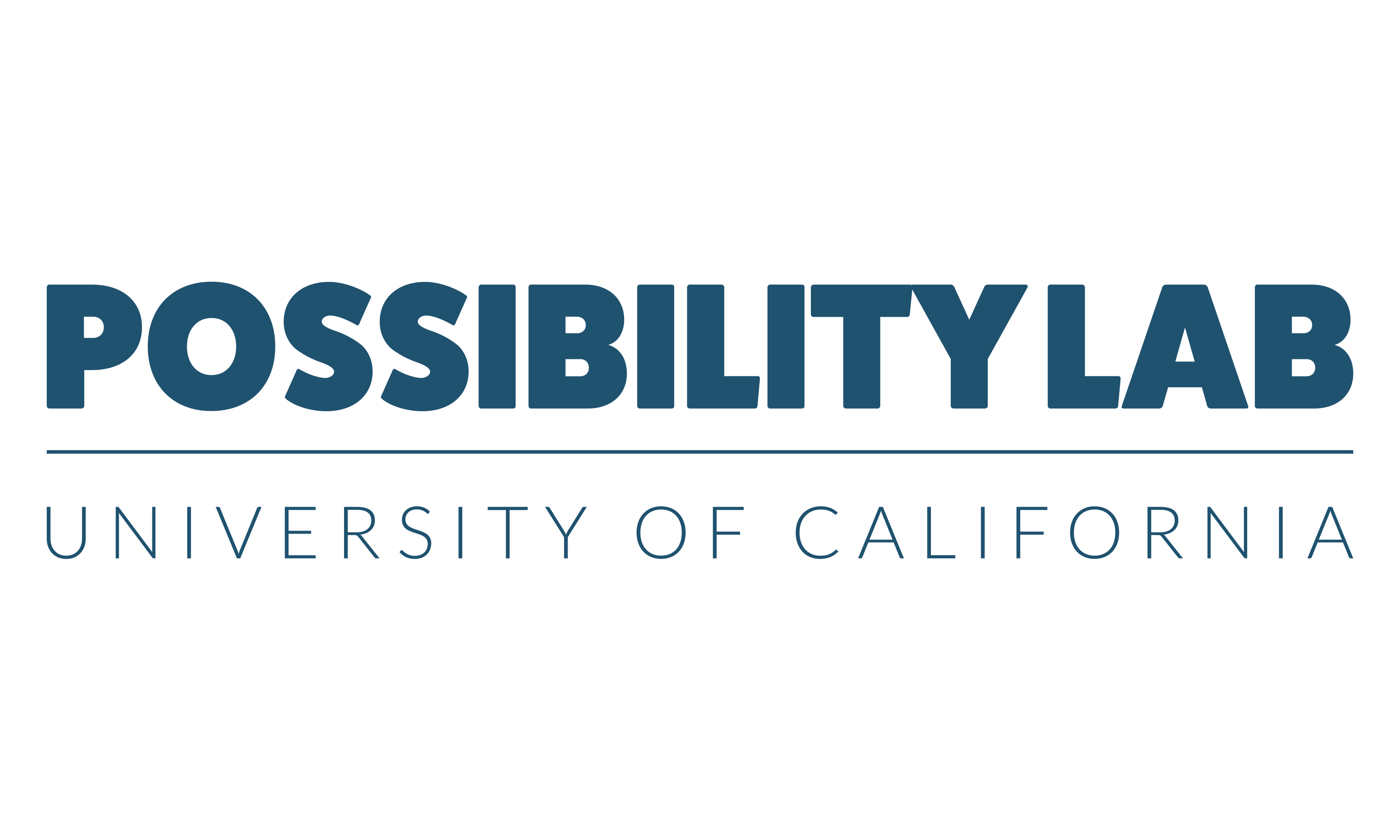How does prison research change when incarcerated people lead the research effort?
The Possibility Lab partnered with Communities United for Restorative Youth Justice (CURYJ) and the Alameda County Probation Department’s Juvenile Justice and Delinquency Prevention Commission (JJDPC) to conduct in-depth interviews with youth incarcerated at the Alameda County Juvenile Justice Center to understand their perspectives on public safety.
As part of a wider collaboration collecting “firsthand” measures of public safety from communities in the City of Oakland who have been directly affected by issues of crime and violence, CURYJ strongly encouraged the project team to also elicit the perspectives of currently incarcerated youth.
To design a participatory research project, Possibility Lab and CURYJ first conducted a co-training in which researchers shared knowledge on interviewing techniques and CURYJ shared their knowledge of the criminal justice system. From there, the project team collaborated to develop an interview protocol, drawing from the research team’s expertise in social science methodology and the CURYJ team’s lived expertise as an organizational staff and community of system-impacted people. The interviews touched on five themes: daily life inside the hall, well-being, justice, personal change, and re-entry.
In total, we conducted interviews with 21 youth inside the Alameda Juvenile Justice Center and at the adjacent step-down facility, Camp Sweeney. Interviewers worked in paired teams, consisting of one academic researcher from the Lab team and at least one member of the CURYJ/JJDPC team. These pairings were essential to the project, as the CURYJ team members provided a cultural bridge to the youth and built rapport with them, while the Possibility Lab team members ensured that structured interviewing techniques were effectively employed. In most interviews, the CURYJ team member took the lead in conducting the interview, with the Lab team member asking follow-up, probing questions as needed.
The CURYJ and Possibility Lab teams continue to collaborate in analyzing the interview data and are now co-authoring a report to the Alameda County Board of Supervisors, helping to share the valuable insights of incarcerated youth about what is, and what isn’t, working inside Juvenile Hall.
This project was made possible with funding from the California Community Foundation through the California 100 Initiative.
Our Work




